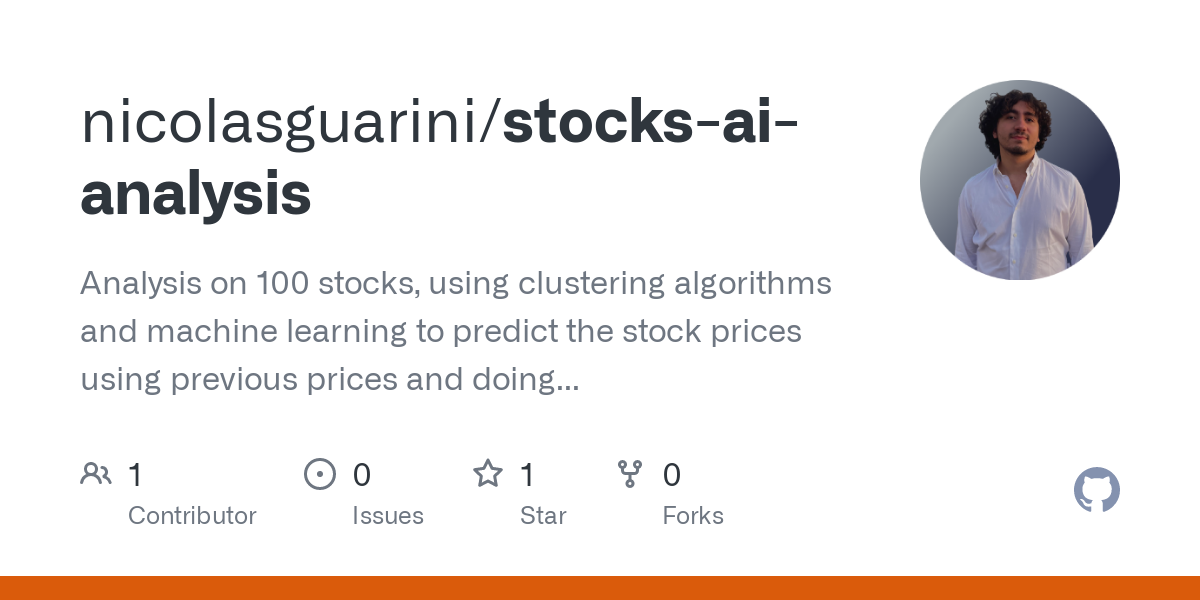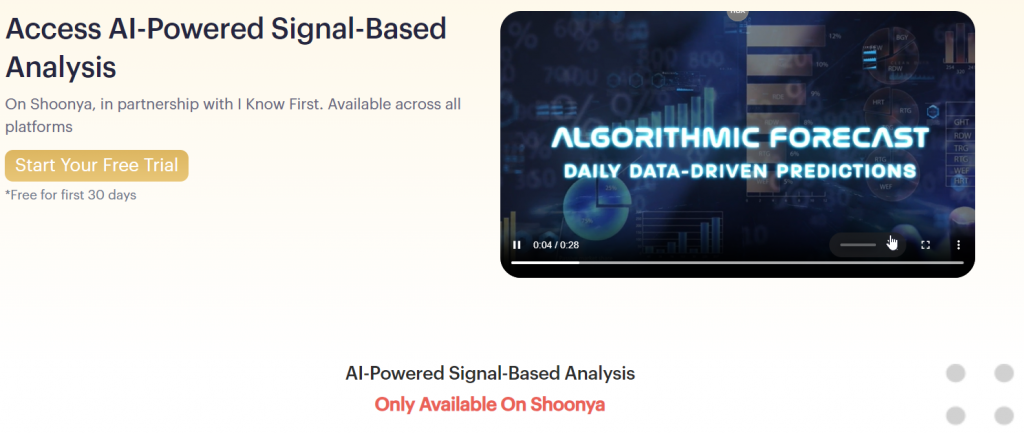20 Good Ideas For Choosing AI Stock Trading Sites
20 Good Ideas For Choosing AI Stock Trading Sites
Blog Article
Top 10 Tips On Assessing The Integration And Compatibility Of Ai Analyzing/Predicting Stocks Trading Platforms
AI platforms for trading stocks that can predict and analyze stocks using AI must have compatibility with one another. Integrating your platform with the existing tools, systems, and workflows is a great way to increase efficiency. We've compiled our top 10 recommendations for assessing the compatibility and integration of these platforms.
1. Check Brokerage Integration
Integration of the platform with your preferred broker or trading accounts: Check that the platform is compatible with the broker you choose or account.
Trade execution: Find out whether the platform supports direct trade execution through the broker integrated.
Account Synchronization: Check that the platform has the ability to sync real-time account balances along with positions and transaction histories.
2. Assess the API Availability
API access: Make sure that the platform provides an API (Application Programming Interface) for developers to build customized tools or to automate workflows.
API documentation - Make sure that API's examples and usage cases are well-documented.
Rate limits: Find out whether there are acceptable rates for the API and whether it's able to accommodate the anticipated volume of usage.
3. Assess the integration of third parties
Popular tools: Find out if your platform is compatible with well-known tools such as Google Sheets or Excel.
Export and import of data: Make sure the platform allows easy export/import data from and to other tools.
Extensions/Plugins: Verify the platform's support for extensions and plugins to provide additional functionality.
4. Test Compatibility with Operating Systems
Desktop compatibility. Check that your preferred operating systems (Windows, macOS, Linux) are supported.
Mobile compatibility. Check if you can download the app using iOS or Android.
Web-based: If you'd like to be flexible, make sure you check if your platform can also be accessed using a standard web browser.
5. Assess the Data Integration Capabilities
Data sources: Make sure that the platform can integrate with different data sources (e.g. market data sources, news feeds, sentiment on social media).
Real-time analytics: Be sure your platform supports real-time analysis.
Import historical data: Determine if the platform permits importing historical data to backtest or analyze.
6. Cloud and On Premise Compatibility
Cloud-based Platforms: The platform should be accessible from anywhere with an internet connection.
On-premise Solutions: If you would rather deploy on premises, make sure the platform you choose to use is compatible.
Hybrid solutions: See whether the platform has an hybrid model that combines cloud and on-premise capabilities.
7. Make sure that you have Cross-Platform Synchronization enabled.
Device synchronization. Check that the platform is synchronized to transfer settings and data between devices (desktops/laptops/mobiles/tablets).
Verify that changes made to one device are immediately reflected on the other devices.
Access offline - Determine if you can access restricted functionality or data when the platform is not online.
8. Examine whether trading strategies are compatible
Algorithmic Trading: Ensure that the platform is compatible with algorithmic or automated trading strategies.
Custom indicators: Check whether the platform permits the use of customized technical indicators or scripts.
Backtesting strategies. Verify that the platform supports strategies for backtesting based on previous data.
9. Review Security and Compliance
Data encryption: Make sure that the platform uses encryption to safeguard data in transit and while at rest.
Verify that your platform is compatible with a secure authentication method (e.g. 2-factor authentication).
Check for regulatory compliance: Make sure that the platform meets the relevant laws (e.g. GDPR, FINRA or SEC).
10. Test Scalability and Performance
Scalability: Ensure that the platform can handle an increasing amount of data and users, so that it can expand with your company.
Performance under load: Check whether the platform is responsive under high-volatility conditions.
Resource usage: Determine whether your system is using the resources of its system (CPU/memory, bandwidth) effectively.
Bonus Tips
User feedback: Check out reviews and testimonials of users to assess the platform's ability to integrate.
Free trial: You can try a demo or a free trial to determine the platform's compatibility with your existing workflows and tools.
Customer Support: Ensure that the platform offers a solid support for integration problems.
You can test the compatibility, integration, and effectiveness of AI stock trading platforms by following these guidelines. Take a look at the best discover more about best stocks to invest in for website advice including incite ai, best stock analysis app, best ai for stock trading, ai stock trader, ai stock picker, stock analysis websites, ai trade, best ai stocks to buy now, stock predictor, best ai trading app and more.
Top 10 Suggestions When Evaluating Ai Trading Platforms For Their Social And Community Features
To know how users learn, interact, and share their knowledge with each other, it's important to evaluate the social and community features of AI trade and stock prediction platforms. These features can greatly enhance the user experience and offer important assistance. Here are ten suggestions to help you assess the social and community aspects of these platforms.
1. Active User Community
Tip - Check whether the platform has a base of users who are active in participating in regular discussions, sharing insight, and providing feedback.
Why: An actively-active community indicates an ecosystem which allows its members to grow and learn by sharing their experiences.
2. Discussion Forums and Boards
TIP: Check the quality and amount of activity on message boards and forums.
Why Forums are important: They allow members to talk about market trends, ask questions and exchange strategies.
3. Social Media Integration
TIP: Check if the platform you are using allows users to share their insights and updates through social media platforms, for example, Twitter or LinkedIn.
The reason: integrating social media with other platforms can boost the level of engagement and also provide market updates in real-time.
4. User-Generated Content
Tip: Look for options that let users make and distribute content for example, blogs, articles or trading strategies.
Why is that user-generated content promotes an environment of collaboration, and give a range of perspectives.
5. Expert Contributions
Tip: Find out for contributions from industry experts such as AI specialists or market analysts.
Expert knowledge adds authenticity and depth to discussions in the community.
6. Real-time chat and messaging
Tips: Examine the availability of real-time chat or messaging features for instant communication among users.
Why? Real-time interactions facilitate quick information exchange and collaboration work.
7. Community Moderation and Support
TIP: Examine the degree of support and moderation provided by the community.
The reason: Effective moderating makes sure that a respectful and positive atmosphere is maintained, while user support resolves issues quickly.
8. Webinars and Events
TIP: Make sure to check whether the platform is hosting events, webinars, or live Q&A sessions with experts.
Why: These conferences provide an opportunity for industry professionals to network with fellow participants and gain knowledge from them.
9. User Reviews
Tips: Search for features that allow users to write reviews or feedback about the platform and its community features.
The reason: Feedback from users is used to identify strengths and areas for improvement in the community ecosystem.
10. Gamification and Rewards
Tips. Find out if the platform offers gamification components (e.g., leaderboards and badges) as well as incentives for engagement.
Gamification is a powerful tool that can encourage users to engage more with their friends and with their platform.
Bonus Tip on Security and Privacy
Use robust privacy measures and security for the community and social tools. This will help protect your data and interactions.
By thoroughly assessing these aspects it is possible to determine if you think the AI stock prediction and trading platform provides a supportive and engaging community that can enhance your trading experience and knowledge. Check out the best ai bots for trading url for blog examples including investing ai, ai for trading, best ai for trading, copyright ai bot, ai investment platform, stock predictor, ai copyright trading bot, ai trading platform, ai for investing, best ai stocks to buy and more.